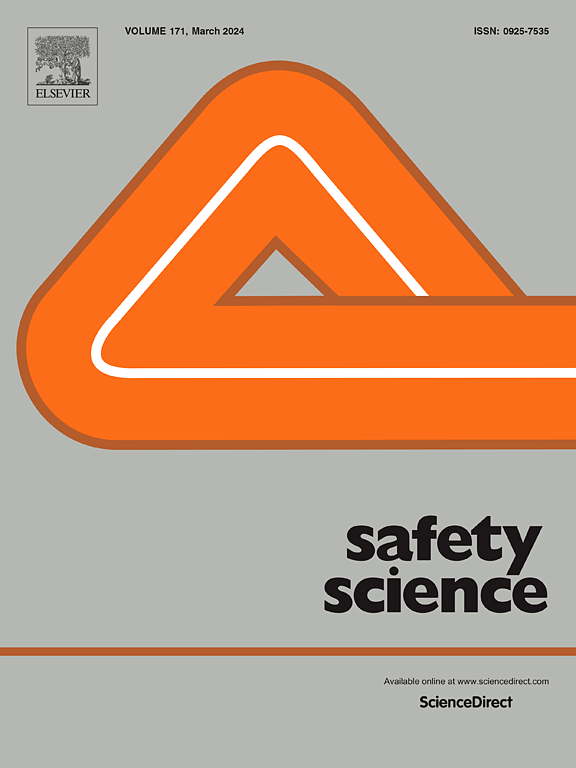安全声音概念清理:检查挑战我们更安全的声音
IF 5.4
1区 工程技术
Q1 ENGINEERING, INDUSTRIAL
引用次数: 0
摘要
安全之声,即说出安全问题的行为,对于预防事故和培养积极参与的安全文化至关重要。本研究通过操作和应用Podsakoff等人(2016)的四阶段框架,系统地回顾了86项关于安全声音的实证研究,该框架用于开发良好的概念定义,以评估其概念清晰度、触发因素、上下文变化和测量。这确定了改进定义、理论和危险分类的机会,以实现主动风险管理。目前对通信范围、方向性和二元发送-接收动态的研究是碎片化的,这限制了潜在的见解。语境差异和西方文化偏见影响了概括性。虽然高层领导是积极的安全文化的关键,但缺乏这种关注。通过改进概念框架、危险声音模型和跨行业比较来解决这些问题,将加强高风险行业的主动安全管理、参与和应变能力。本文章由计算机程序翻译,如有差异,请以英文原文为准。
Safety voice concept clean-up: Examining the voice that challenges us to be safer
Safety voice, the act of speaking up about safety concerns, is essential for preventing accidents and fostering an engaged safety culture. This study systematically reviewed 86 empirical studies of safety voice by operationalising and applying Podsakoff et al.’s (2016) four-stage framework for developing good conceptual definitions to assess its conceptual clarity, triggers, contextual variations, and measurement. This identified opportunities to refine definitions, theory, and hazard categorisation to enable proactive risk management. Current research on communication scope, directionality, and dyadic sender-receiver dynamics is fragmented which limits potential insights. Contextual disparities and Western culture biases affect generalisability. While senior leadership is key to a positive safety culture this focus is lacking. Addressing these areas through improved conceptual frameworks, hazard-voice models, and cross-industry comparisons will enhance proactive safety management, engagement, and resilience in high-risk industries.
求助全文
通过发布文献求助,成功后即可免费获取论文全文。
去求助
来源期刊

Safety Science
管理科学-工程:工业
CiteScore
13.00
自引率
9.80%
发文量
335
审稿时长
53 days
期刊介绍:
Safety Science is multidisciplinary. Its contributors and its audience range from social scientists to engineers. The journal covers the physics and engineering of safety; its social, policy and organizational aspects; the assessment, management and communication of risks; the effectiveness of control and management techniques for safety; standardization, legislation, inspection, insurance, costing aspects, human behavior and safety and the like. Papers addressing the interfaces between technology, people and organizations are especially welcome.
 求助内容:
求助内容: 应助结果提醒方式:
应助结果提醒方式:


